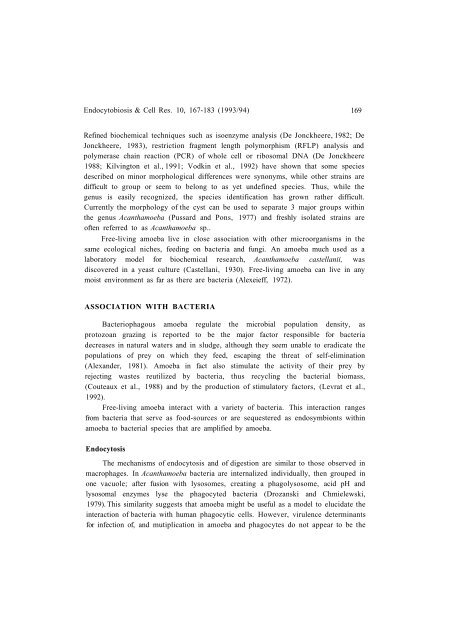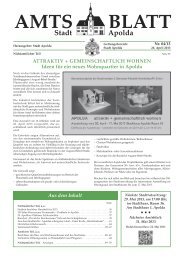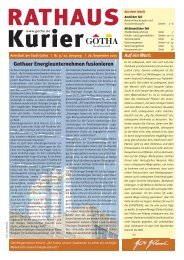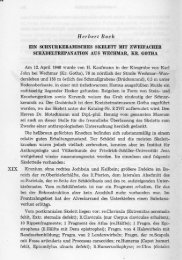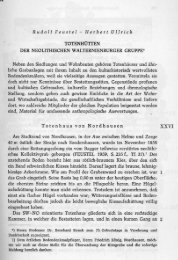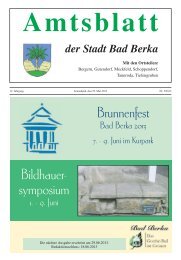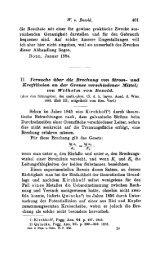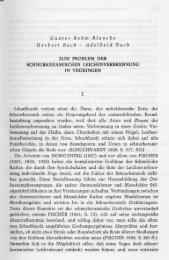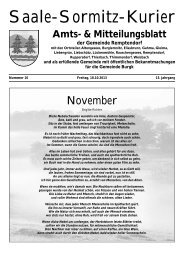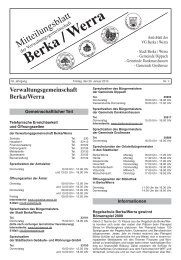FREE-LIVING AMOEBA: INTERACTIONS WITH ENVIRONMENTAL ...
FREE-LIVING AMOEBA: INTERACTIONS WITH ENVIRONMENTAL ...
FREE-LIVING AMOEBA: INTERACTIONS WITH ENVIRONMENTAL ...
Create successful ePaper yourself
Turn your PDF publications into a flip-book with our unique Google optimized e-Paper software.
Endocytobiosis & Cell Res. 10, 167-183 (1993/94) 169Refined biochemical techniques such as isoenzyme analysis (De Jonckheere, 1982; DeJonckheere, 1983), restriction fragment length polymorphism (RFLP) analysis andpolymerase chain reaction (PCR) of whole cell or ribosomal DNA (De Jonckheere1988; Kilvington et al., 1991; Vodkin et al., 1992) have shown that some speciesdescribed on minor morphological differences were synonyms, while other strains aredifficult to group or seem to belong to as yet undefined species. Thus, while thegenus is easily recognized, the species identification has grown rather difficult.Currently the morphology of the cyst can be used to separate 3 major groups withinthe genus Acanthamoeba (Pussard and Pons, 1977) and freshly isolated strains areoften referred to as Acanthamoeba sp..Free-living amoeba live in close association with other microorganisms in thesame ecological niches, feeding on bacteria and fungi. An amoeba much used as alaboratory model for biochemical research, Acanthamoeba castellanii, wasdiscovered in a yeast culture (Castellani, 1930). Free-living amoeba can live in anymoist environment as far as there are bacteria (Alexeieff, 1972).ASSOCIATION <strong>WITH</strong> BACTERIABacteriophagous amoeba regulate the microbial population density, asprotozoan grazing is reported to be the major factor responsible for bacteriadecreases in natural waters and in sludge, although they seem unable to eradicate thepopulations of prey on which they feed, escaping the threat of self-elimination(Alexander, 1981). Amoeba in fact also stimulate the activity of their prey byrejecting wastes reutilized by bacteria, thus recycling the bacterial biomass,(Couteaux et al., 1988) and by the production of stimulatory factors, (Levrat et al.,1992).Free-living amoeba interact with a variety of bacteria. This interaction rangesfrom bacteria that serve as food-sources or are sequestered as endosymbionts withinamoeba to bacterial species that are amplified by amoeba.EndocytosisThe mechanisms of endocytosis and of digestion are similar to those observed inmacrophages. In Acanthamoeba bacteria are internalized individually, then grouped inone vacuole; after fusion with lysosomes, creating a phagolysosome, acid pH andlysosomal enzymes lyse the phagocyted bacteria (Drozanski and Chmielewski,1979). This similarity suggests that amoeba might be useful as a model to elucidate theinteraction of bacteria with human phagocytic cells. However, virulence determinantsfor infection of, and mutiplication in amoeba and phagocytes do not appear to be the


